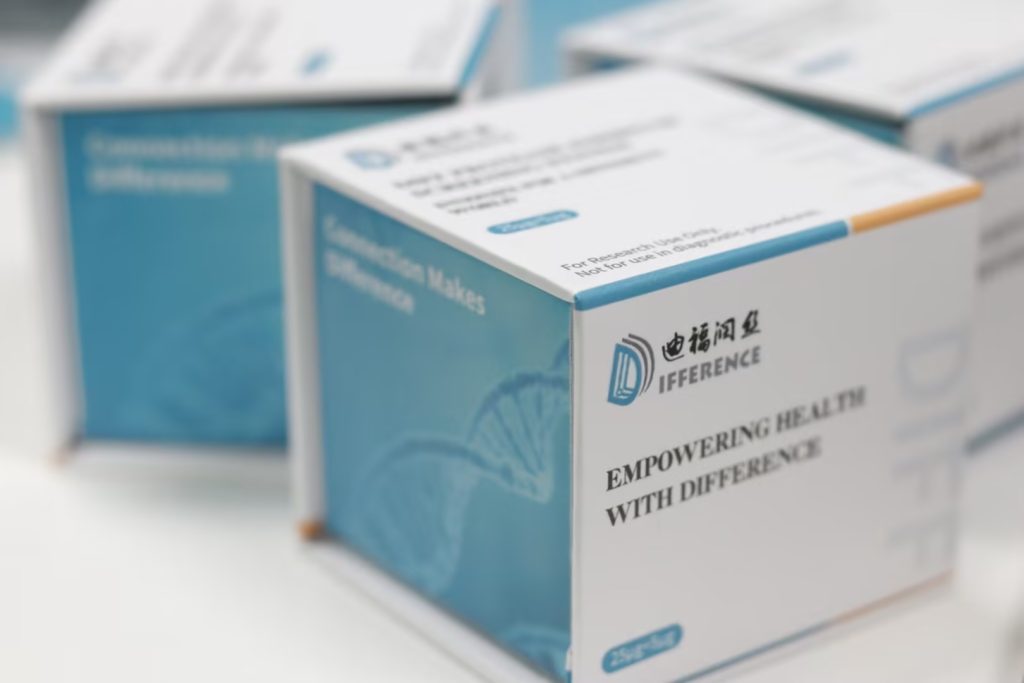Antiviral drug screening is a crucial step in the drug development process, aimed at discovering drugs that can effectively inhibit virus replication, alleviate symptoms caused by the virus, or prevent virus transmission. Here are ten commonly used methods for screening antiviral drugs:
Screening method based on virus proliferation inhibition:
Principle: The antiviral activity of a drug is evaluated by measuring its inhibitory effect on virus proliferation, usually using virus titer or viral load as evaluation indicators.
Characteristics: It can directly reflect the effect of drugs on virus replication, with high specificity, but attention should be paid to the consistency of experimental conditions.
Screening method based on enzyme activity inhibition:
Principle: Screening inhibitors for virus specific enzymes, evaluating the antiviral effect of drugs by measuring enzyme activity or changes in the activity of key enzymes during virus replication.
Characteristics: It can accurately screen virus specific enzymes to improve screening efficiency, but attention should be paid to the specificity of enzyme inhibitors to avoid toxic effects on host cells.
Screening method based on gene expression:
Principle: Screening antiviral drugs by measuring changes in intracellular gene expression profiles after drug treatment, reflecting the effect of drugs on gene expression after viral infection.
Characteristic: Provides more information about the mechanism of drug action, which helps to deepen the understanding of the antiviral effect of drugs, but attention should be paid to the accuracy of data analysis and interpretation.
High throughput screening technology:
Principle: Utilizing automation and high-throughput technology to screen a large number of compounds for antiviral activity at once.
Characteristics: Improve screening efficiency, reduce human operational errors, enhance experimental accuracy and reproducibility, but attention should be paid to optimizing experimental conditions and controlling data quality.
Cell Pathological Effect Inhibition Experiment (CPE):
Principle: To preliminarily evaluate the antiviral activity of a drug by observing its inhibitory effect on viral cell lesions.
Characteristics: Easy to operate, economical and fast, it is a commonly used method for screening antiviral drugs.
Virus titration experiment:
Principle: To further quantify the antiviral effect of drugs by measuring their impact on viral titers.
Features: Provides more accurate virus suppression data, which helps in further evaluation and optimization of drugs.
Fluorescence quantitative PCR technology:
Principle: By using fluorescent dyes or probes to label PCR amplification products, real-time monitoring of the PCR reaction process is carried out to quantitatively analyze specific nucleic acid sequences.
Application: In antiviral drug screening, it can be used to detect the replication level of viral genomes and evaluate the antiviral effect of drugs.
Virus protein immunofluorescence technology:
Principle: Use specific antibodies to bind to viral proteins in virus-infected cells, and then detect them through fluorescently labeled secondary antibodies.
Application: Observe the effect of drugs on the synthesis and distribution of viral proteins, and evaluate the antiviral mechanism of drugs.
Plaque inhibition experiment:
Principle: Evaluate the antiviral effect of drugs by observing their impact on the number of plaques formed after viral infection of cells.
Characteristic: It can intuitively reflect the inhibitory effect of drugs on virus spread, but the operation is relatively complex.
Virus yield reduction experiment:
Principle: Evaluate the antiviral effect of drugs by comparing the virus production rates between the drug treatment group and the control group.
Characteristics: Directly quantify the antiviral effect of drugs, but the experimental period is relatively long.
These screening methods each have their own advantages and disadvantages. In practical applications, suitable methods can be selected for antiviral drug screening based on specific needs and experimental conditions. Meanwhile, with the continuous development of technology, new screening methods and techniques are constantly emerging, providing more possibilities for the research and development of antiviral drugs.
Share on:
Facebook
Twitter
Pinterest
WhatsApp
Recent posts
We recommend


